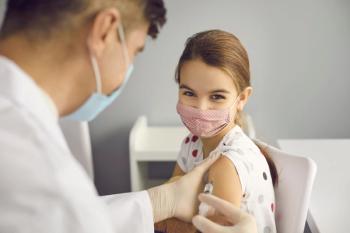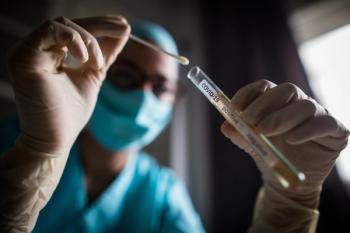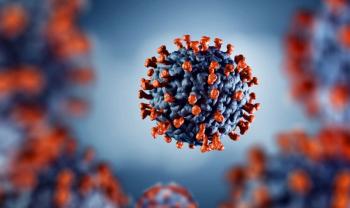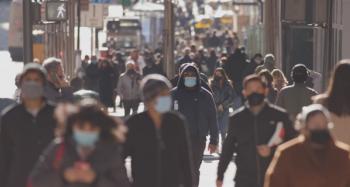
Using Digital Tools to Improve Reporting of At-Home COVID-19 Testing
At-home COVID-19 testing is convenient, but impacts the number of reported cases. Could a digital tool help improve reporting to public health agencies?
When the Omicron variant of the SARS-CoV-2 virus began to proliferate, later becoming the dominant variant in the United States, many individuals turned to rapid antigen tests to self-test at home for COVID-19.
Once scarce, these tests—now widely available—offer a convenient way for those who are potentially COVID-19 positive test without having to go into the public. However, unlike tests taken at health care facilities and pharmacies, many of the results for antigen tests may go unreported to the local departments of health, which means that communities may be unaware of how serious the disease is.
Some programs have tried to address the issue in myriad ways. Researchers examined how 6 communities enrolled in a program that distributed rapid antigen COVID-19 tests performed when asked to inform public health agencies about the results. These investigators used data from beneficiaries of the Say Yes! Covid Test program that provided over 3,000,000 free rapid antigen tests to Louisville, Kentucky; Indianapolis, Indiana; Fulton County, Georgia; O’ahu, Hawaii; Ann Arbor and Ypsilanti, Michigan; and Chattanooga, Tennessee between April and October 2021.
Participants who received tests also were given access to an online platform that allowed individuals to place additional orders for households, log test results, and send results to the state department of health. A $25 gift card incentive was provided for participants in Indiana and Kentucky from the start, with Georgia and Hawaii joining later. Participants received the incentive if at least 1 test result per household was submitted.
A total of 313,000 test kits were distributed, 178,785 of which had been ordered through the online platform. Among all kits, 14,398 households utilized the platform and beneficiaries reported 75% of the test results to their state’s department of health. Reporting variation was seen between communities, with significantly higher reporting in communities that had been incentivized from the beginning vs those that were incentivized later (90.5%; 95% CI, 89.9%-91.2% vs 70.5%; 95% CI, 70%-71%).
In the 2 states that were incentivized later, the Hawaiian site saw more tests reported after the incentive was added; in Georgia, there was little difference noted. Regardless of incentive the presence of an incentive, positive tests were reported less frequently than negative results in all communities (60.4%; 95% CI, 58.1%-62.8% vs 75.5%; 95% CI, 75.1%-76.0%).
“The results suggest that application-based reporting with incentives may be associated with increased reporting of rapid tests for COVID-19,” the researchers concluded, requiring the creation of digital platforms that make it easy for individuals to provide test results.
Reference
1. Herbert C, Shi Q, Kheterpal V, et al.
Newsletter
Pharmacy practice is always changing. Stay ahead of the curve with the Drug Topics newsletter and get the latest drug information, industry trends, and patient care tips.





























































































































